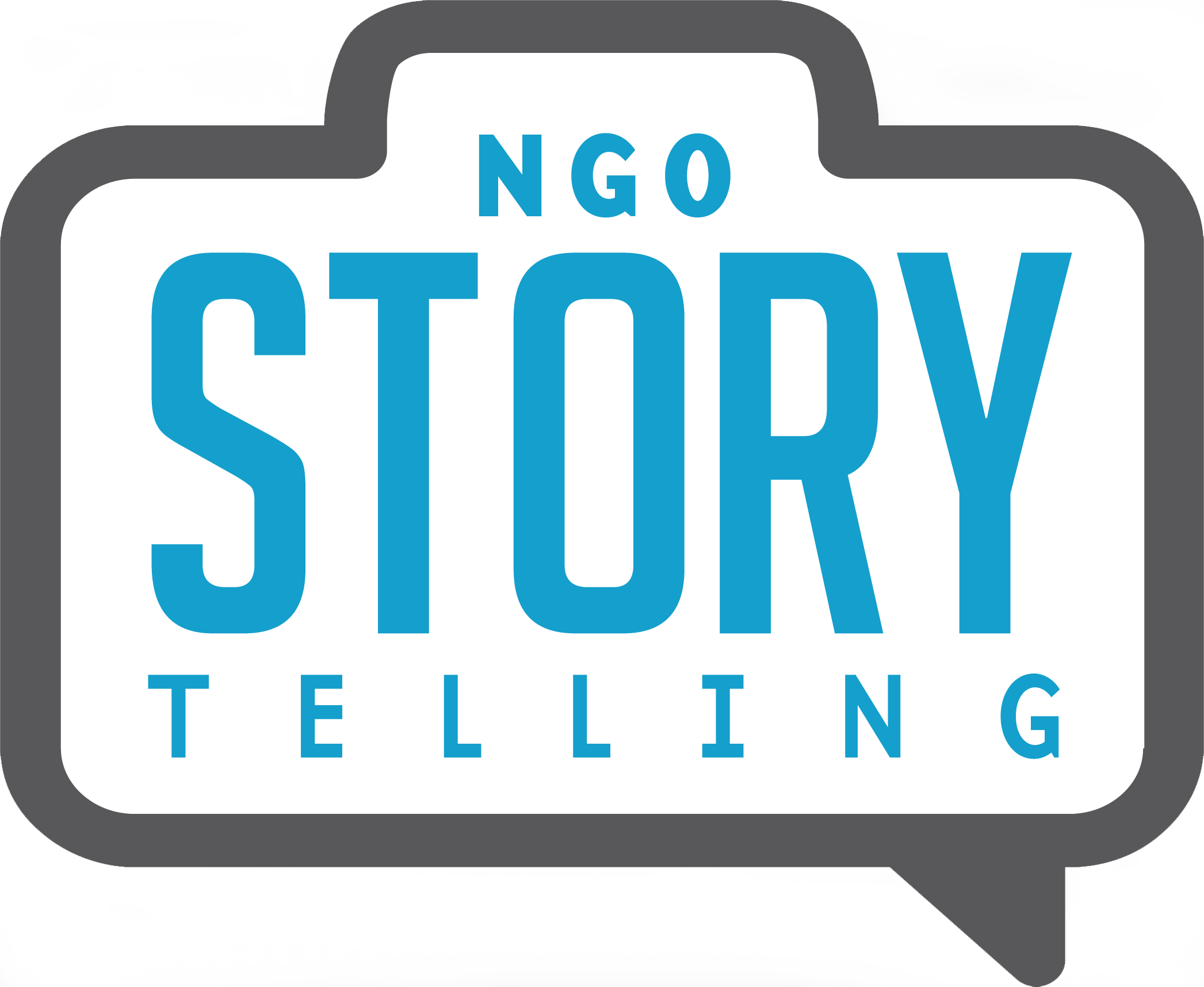Why Photo Captions Are Important
A few years ago I worked on a nonprofit project that required using pictures from an organization's photo archive. I searched through file cabinets stuffed with a few thousand pictures, almost none of them labeled with so much as a year, never mind a name, place or context. I would have given anything for a descriptive sentence scribbled on the back of the photos.
I ended up picking a few dozen pictures that I guessed would work for the project and meeting with a retired long-time staffer who identified most of the people, places and activities in each photo. It was a fun meeting -- I loved hearing this person's stories -- but for me the whole situation underscored the importance of captions.
Captions -- they're not just for National Geographic! They convey vital information about who's doing what, when, where and (sometimes) why. Solid captions paired with interesting photographs can spark a reader's interest in a full text story. Without captions, people draw their own conclusions about a photo. Why leave people hanging?
It takes time to write a good caption, but the payoff is big: a recent eye-tracking study funded by the National Press Photographers Association in the United States showed that "the longer or better developed a caption, the more likely it was to receive attention. Most captions were read to completion, as people looked back and forth between caption and image, establishing context."
So how can you write a solid caption?
1. First gather the information you need to write the caption:
• Name the main people in the picture. Yes, this does require that you already know and/or take the time to get everyone's name when you photograph them. When I'm working, I always carry a small notebook with me for writing down names and other caption information.
• What is happening in the picture? Try not to use too many adjectives like "best," "biggest," or "most incredible" unless you have facts to back up these words. Otherwise, it sounds like hyperbole. Consider spelling out acronyms, especially for projects and initiatives that might not be well-known outside of your organization.
• Where is the action taking place? If you can, name neighborhoods, cities and definitely states/provinces and countries.
• Why is the action or people in this picture worth the viewer's time? Give context.
2. Next, write the caption:
• If there is more than one person in the picture, name the people from left to right, but don't begin the caption with a list of names.
• Decide whether you will use present tense or past tense for describing action in all captions and then stick with it. I'm partial to present tense for describing action because this is what I did as a photojournalist.
• Write a caption that is its own mini story unique from the text story that accompanies it (if there's a text story accompanying it).
• Include a quote in the caption, if appropriate.
• Ensure all spellings and facts are correct.
Photographs as they appear in Photo Mechanic. By Laura Elizabeth Pohl.
3. For digital files, embed the caption in the photo's metadata, which is stored with the photo as long as it lives. For digital photos, metadata is like the writing on the back of a physical photo.
• Free software for adding caption information includes Google Photos and Flickr. The pros of these are that they're free with easy-to-use interfaces. The cons are that it can be tedious to enter each caption one by one and you may not want your photographs stored online where everyone can see them or where there's a possibility of being hacked. Adobe Bridge is also free, and a more professional option that doesn't store your photos online.
• Paid, professional software for adding caption information includes Photo Mechanic (this is what I use) and Lightroom (this is what Crystaline uses). The pros are that these allow you to batch process files for captioning as well as renaming files and adding photographer's names and copyright information, tag selected photos so you see only the ones you want to see, and in the case of Lightroom, color correct your pictures. The cons are that they are not free and there is a learning curve that can feel steep for some people.
Here are a couple caption examples to help you. I made these up, so please don't think these people or organizations exist!
OK caption: Charity Mwihia teaches basic nutrition to a couple mothers as part of ABC Nonprofit's BEAN project in Kenya.
Better caption: Charity Mwihia, a community health volunteer, teaches basic nutrition to (from left) Joy Rono, Martha Kirubi, and Elizabeth Muchilwa, as part of ABC Nonprofit's Better Eating and Nutrition (BEAN) project in Nyanza, Kenya, on August 5, 2016. The project promotes growing and eating mushrooms, black beans and kale to combat malnutrition in a country where 25% of children under age 5 are stunted, or too short for their age. "I didn't know mushrooms were so easy to grow and so nutritious. They also have a good flavor, which my kids love," said Kirubi.
OK caption: ABC Nonprofit's president speaks at an annual conference in Lincoln.
Better caption: Lisa Stone, the president of ABC Nonprofit, speaks about the organization's work at the annual "Fighting Malnutrition" conference in Lincoln, England, on August 5, 2016.
When I was working with all the archived photos, I don't know how the project could have progressed without the staffer full of institutional knowledge. Captioned photos would have been a much quicker way forward. Are your pictures captioned to guard against situations like the one I was in? Do you require your photographers to include captions with their pictures? Let us know what's working for you.
Top photo caption: This is a captioned photograph in Google Photos. Screenshot and portrait by Laura Elizabeth Pohl.

